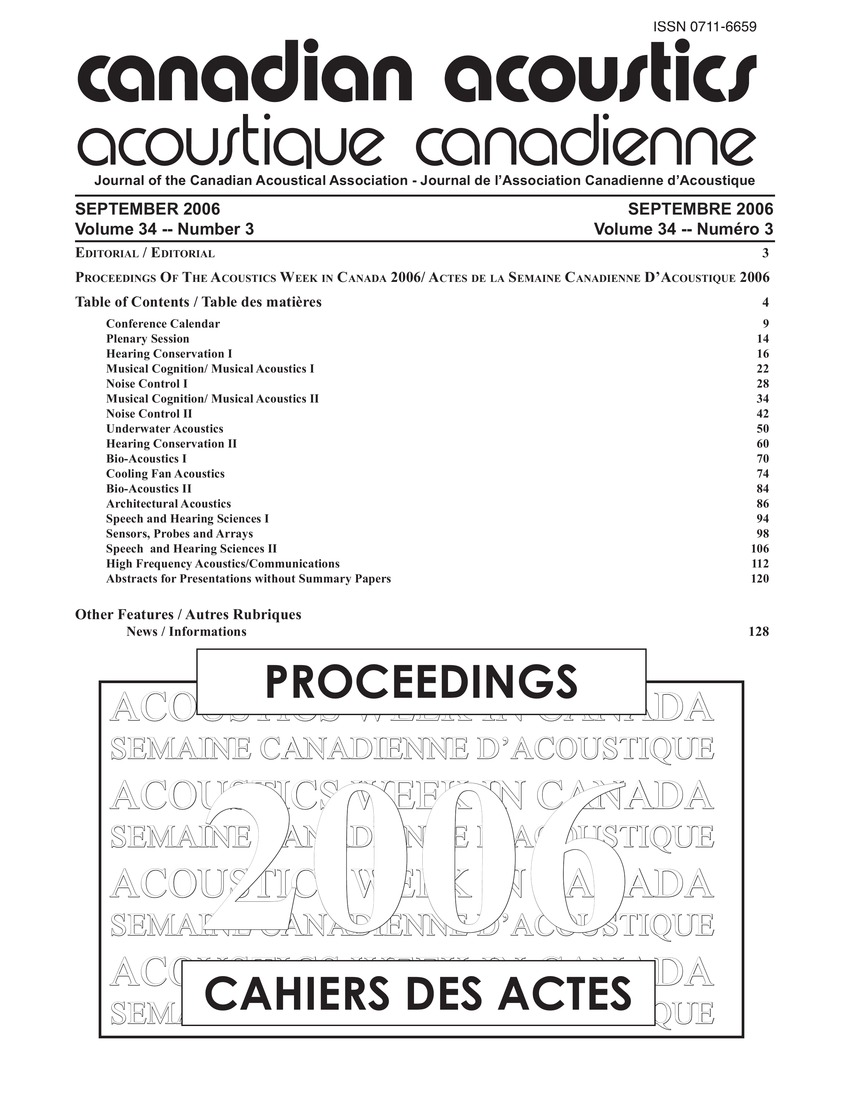Impulse measurement considerations in setting occupational noise criteria
Mots-clés :
Casting, Frequencies, Microphones, Pneumatic equipment, Smelting, Jack hammers, Ore milling, Pneumatic motorsRésumé
The most common occupational noise limits are 85 dBA Leq and 140 dBZpeak for 100 impulses. Simple arithmetic shows that 100 high frequency pulses at 140 dBZ for 0.9 msec each will give 85 dBA (assuming the A-weighting has little effect due to the frequencies involved), i.e. in practical terms the Leq limit will usually be exceeded before the impulse limit. To check this in practice over 400 measurements were reviewed from a smelting and casting facility and from an ore milling operation. These measurements included impulse noise from jack hammers, pneumatic motors and exhausts, heavy scrap dropping into bins, etc. In no case was 140 dB exceeded, although 85 dBA was exceeded in many cases. More important, in every case the 85 dBA Leq limit would be exceeded well before the 140 dBZpeak limit. It is well known that noise dosimeters are unreliable in measuring impulse noise due to false impulses caused by rubbing the microphone and cable. As a result, routine assessment of impulse noise is much more difficult (expensive) than assessments using just Leq. It is concluded that in practice there is little advantage, and some decided disadvantages, to doing routine assessment (or regulation) of impulse noise exposure in industry.Fichiers supplémentaires
Publié-e
Comment citer
Numéro
Rubrique
Licence
Author Licensing Addendum
This Licensing Addendum ("Addendum") is entered into between the undersigned Author(s) and Canadian Acoustics journal published by the Canadian Acoustical Association (hereinafter referred to as the "Publisher"). The Author(s) and the Publisher agree as follows:
-
Retained Rights: The Author(s) retain(s) the following rights:
- The right to reproduce, distribute, and publicly display the Work on the Author's personal website or the website of the Author's institution.
- The right to use the Work in the Author's teaching activities and presentations.
- The right to include the Work in a compilation for the Author's personal use, not for sale.
-
Grant of License: The Author(s) grant(s) to the Publisher a worldwide exclusive license to publish, reproduce, distribute, and display the Work in Canadian Acoustics and any other formats and media deemed appropriate by the Publisher.
-
Attribution: The Publisher agrees to include proper attribution to the Author(s) in all publications and reproductions of the Work.
-
No Conflict: This Addendum is intended to be in harmony with, and not in conflict with, the terms and conditions of the original agreement entered into between the Author(s) and the Publisher.
-
Copyright Clause: Copyright on articles is held by the Author(s). The corresponding Author has the right to grant on behalf of all Authors and does grant on behalf of all Authors, a worldwide exclusive license to the Publisher and its licensees in perpetuity, in all forms, formats, and media (whether known now or created in the future), including but not limited to the rights to publish, reproduce, distribute, display, store, translate, create adaptations, reprints, include within collections, and create summaries, extracts, and/or abstracts of the Contribution.


